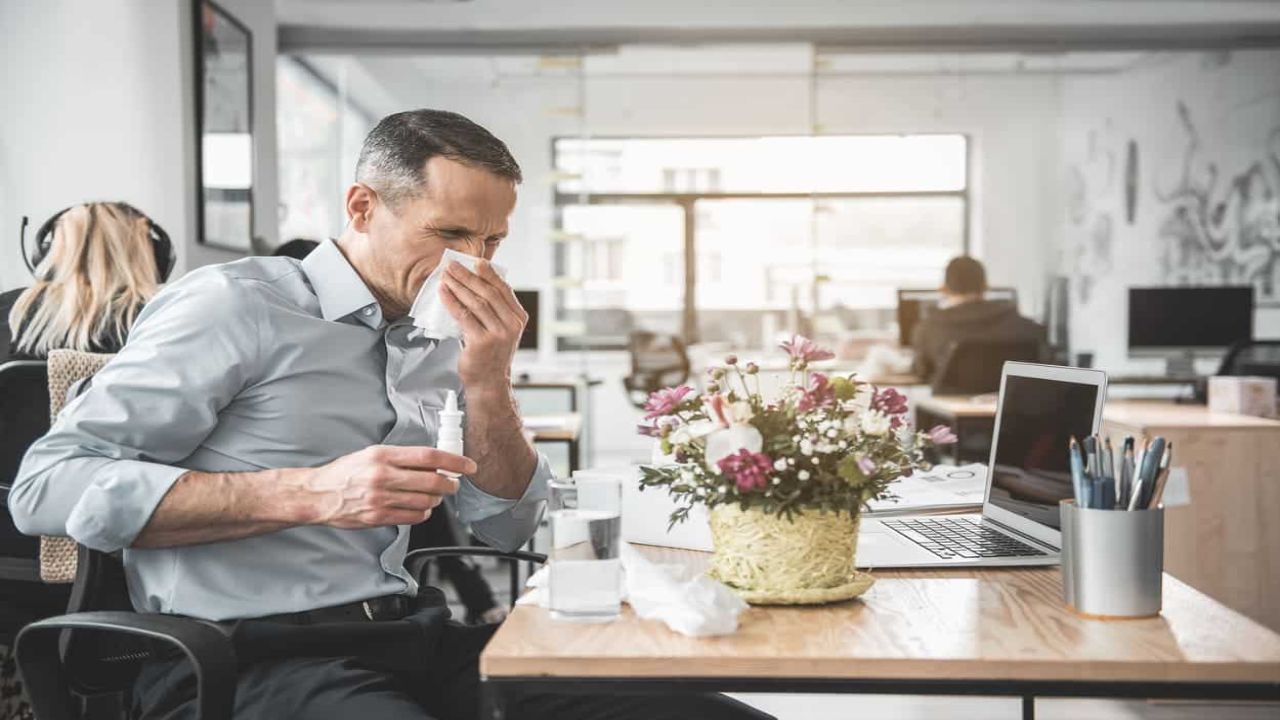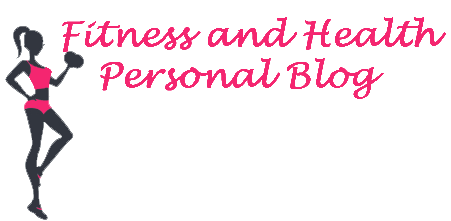7 Potential Health and Safety Hazards to Avoid When Buying a House
Buying a house is an exciting journey, a significant milestone that marks the beginning of new adventures and memories. However, it’s not just about finding a house with the right number of rooms or in the perfect location. It’s also about ensuring that your future home is safe and healthy for you and your family.
For instance, if you’re considering buying a house in Excelsior Springs, companies like HouseMax can provide a seamless and efficient buying experience. Check their services here: https://www.housemax.com/we-buy-houses-excelsior-springs/. They offer a variety of properties and can help you find the ideal home.
In this article, we’ll explore seven potential health and safety hazards that you should be aware of when buying a house. Being aware of these hazards can help you make an informed decision and ensure that your new home is a safe and healthy environment.
Asbestos

Asbestos was commonly used in building materials until the 1980s. If disturbed, asbestos fibers can be inhaled and cause serious lung diseases, including cancer.
If you’re considering an older house, it’s important to have it inspected for asbestos. If asbestos is found, professional abatement will be necessary to safely remove it.
Lead-Based Paint
Houses built before 1978 may have lead-based paint, which can pose a serious health risk, especially to children. If ingested or inhaled, lead can cause a range of health issues, including developmental problems in children.
When viewing a house, ask about the possibility of lead-based paint. If the house does have lead-based paint, you’ll need to consider the cost and process of safely removing or encapsulating it.
Mold

Mold can cause a variety of health issues, including allergies and respiratory problems. It’s often found in damp areas, such as basements, bathrooms, and kitchens.
During a house viewing, look for signs of mold, such as a musty smell or dark spots on walls or ceilings. If mold is found, it will need to be removed, and the source of the moisture addressed.
Radon
The ground can release radon, a radioactive gas that can seep into the house if it doesn’t have proper ventilation. Exposure to high levels of radon, especially a long-term one, can lead to various health issues and even lung cancer.
Before buying a house, have it tested for radon. If high levels are found, a radon mitigation system may need to be installed.
Poor Indoor Air Quality

Poor indoor air quality can be caused by a variety of factors, including tobacco smoke, pet dander, dust mites, and volatile organic compounds (VOCs) from household products.
Consider having an indoor air quality test done. If issues are found, solutions may include improving ventilation, using air purifiers, and choosing household products with low VOCs.
Unsafe Water
Contaminated water can pose a serious health risk. Common contaminants include lead, bacteria, pesticides, and heavy metals.
If the house has a private well, have the water tested. If the house is on a public water system, you can usually obtain a water quality report from the local government.
Structural Issues
Structural issues, such as a weak foundation, faulty wiring, or a leaky roof, can pose safety hazards.
A thorough home inspection should identify any structural issues. Keep in mind that fixing these issues can be costly, so you’ll need to factor this into your decision.
Buying a house is a big decision, and it’s important to ensure that your new home is safe and healthy. By being aware of these potential health and safety hazards, you can make an informed decision and take steps to address any issues. Remember, a house is more than just a building; it’s the place where you and your family will live, grow, and create memories. So, it’s worth taking the time to ensure it’s a place where you can all thrive.



